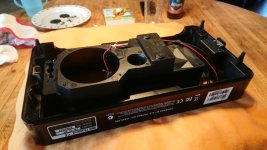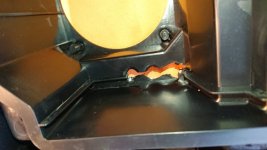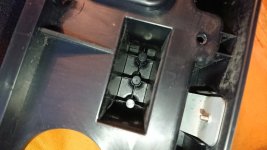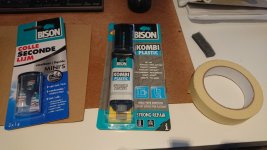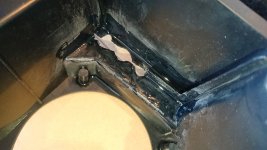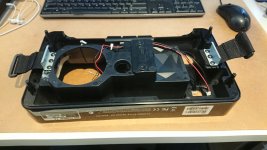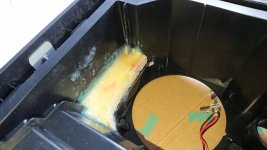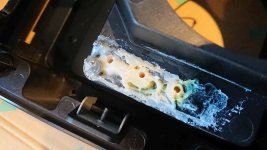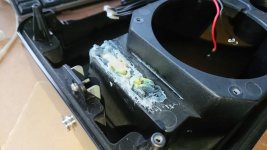My reason for finally buying digital is mainly that I could practice in silence, and late in the evening with sleeping kids (I have now one small kid and a fresh baby).
My findings so far:
- playability is not so bad, after a couple of hours when you get used to the difference from an acoustic
- it is silent if you wish - while maintaining some bellows expression (my main concern)
So far I'v only just begun playing around with it. The only thing I have changed is setting the reverb to 0.
Hello, I wish you luck with your Roland.
A few months back I purchase the Roland FR-4X, and am not very happy with it.
It really takes some getting used to this "different" instrument.
Maybe a highly skilled, and very experienced accordionist can adjust more easily, and find the Roland nothing more than
a variation.
For me, my motivation was to purchase a light, easy to handle accordion, that gave me the variety of sounds without
all the confusing discussions, and details about reeds, wet, dry, tremelo, cossotto, on and on.
I've heard many GREAT sounding acoustic accordions, and tried to find find an appealing accordion---in my price range.
Many disappointments. Most of which I have come to learn and understand it's me, and my lack of accomplishment.
I have discovered that even the most basic reed assembled accordions can sound fantastic when being played the
accomplished accordionist, and playing a fitting musical score for that instrument.
In my humble opinion, I think the Roland V-series accordions are great for a player that wishes to make switch (register)
changes throughout the tune in order to gain wide appeal, and variation. The same notes can sure sound very different.
Depending on an individuals motivation, there are lots of "pro's" and "con's" for the Roland. I find them as "Difficult decisions"

